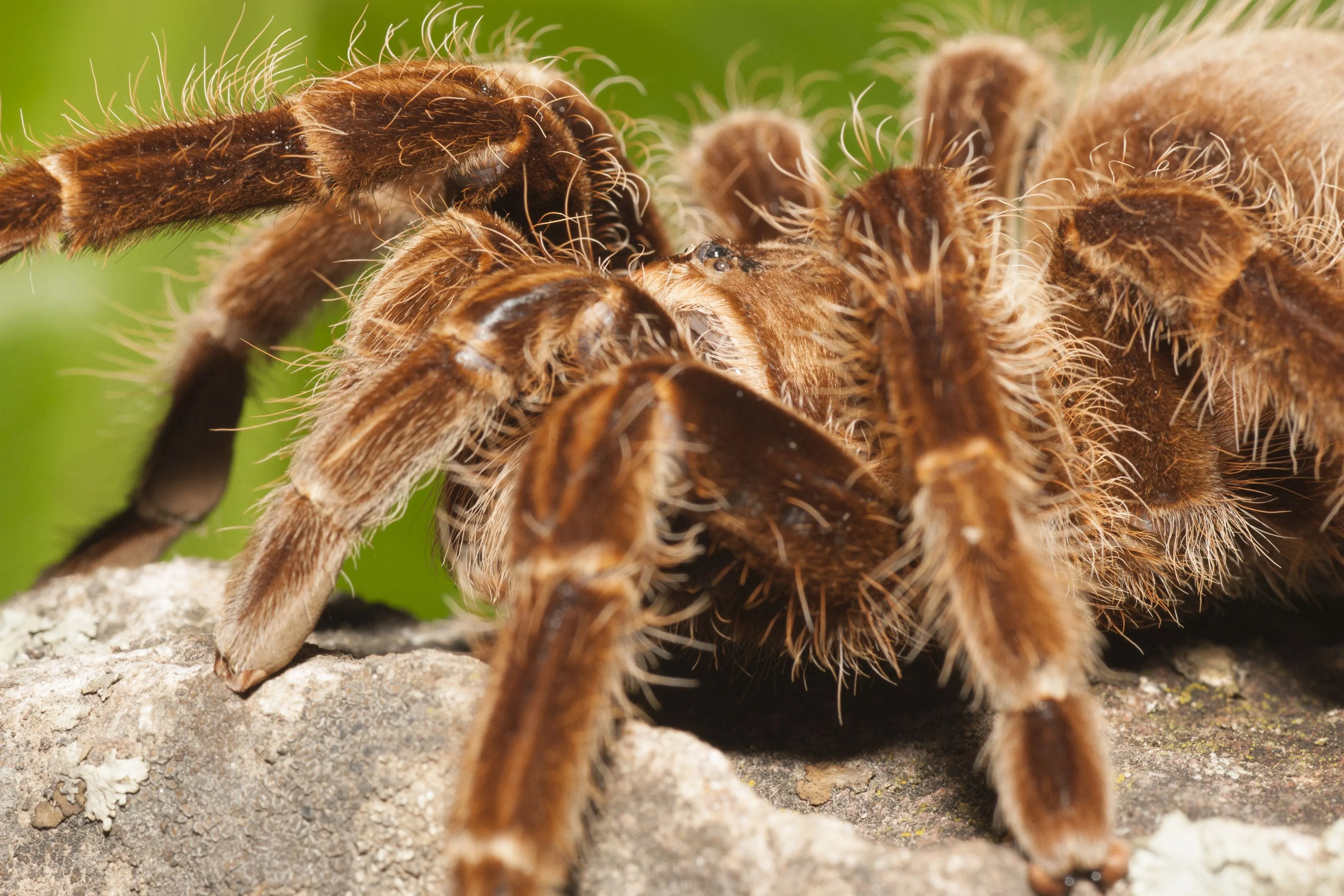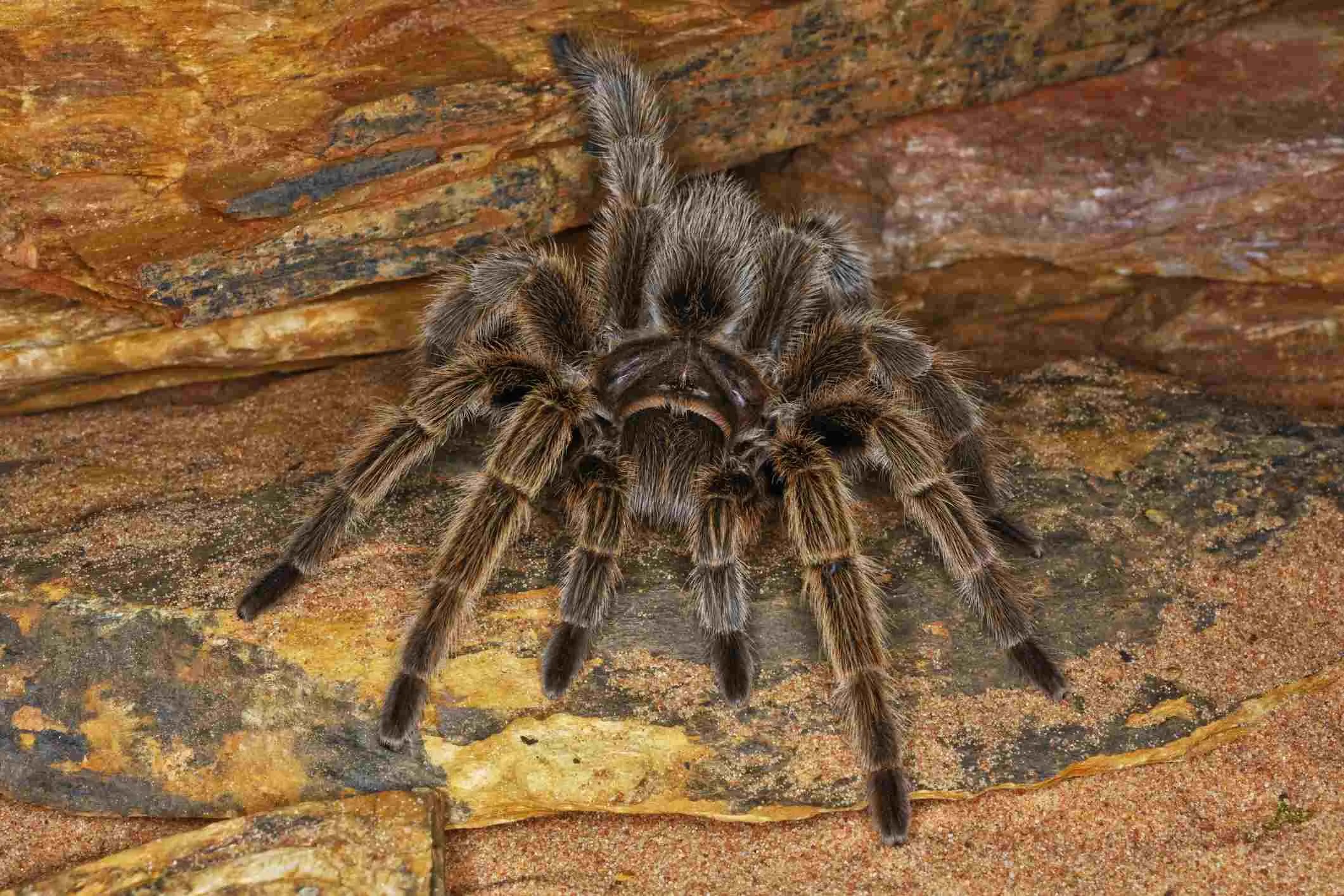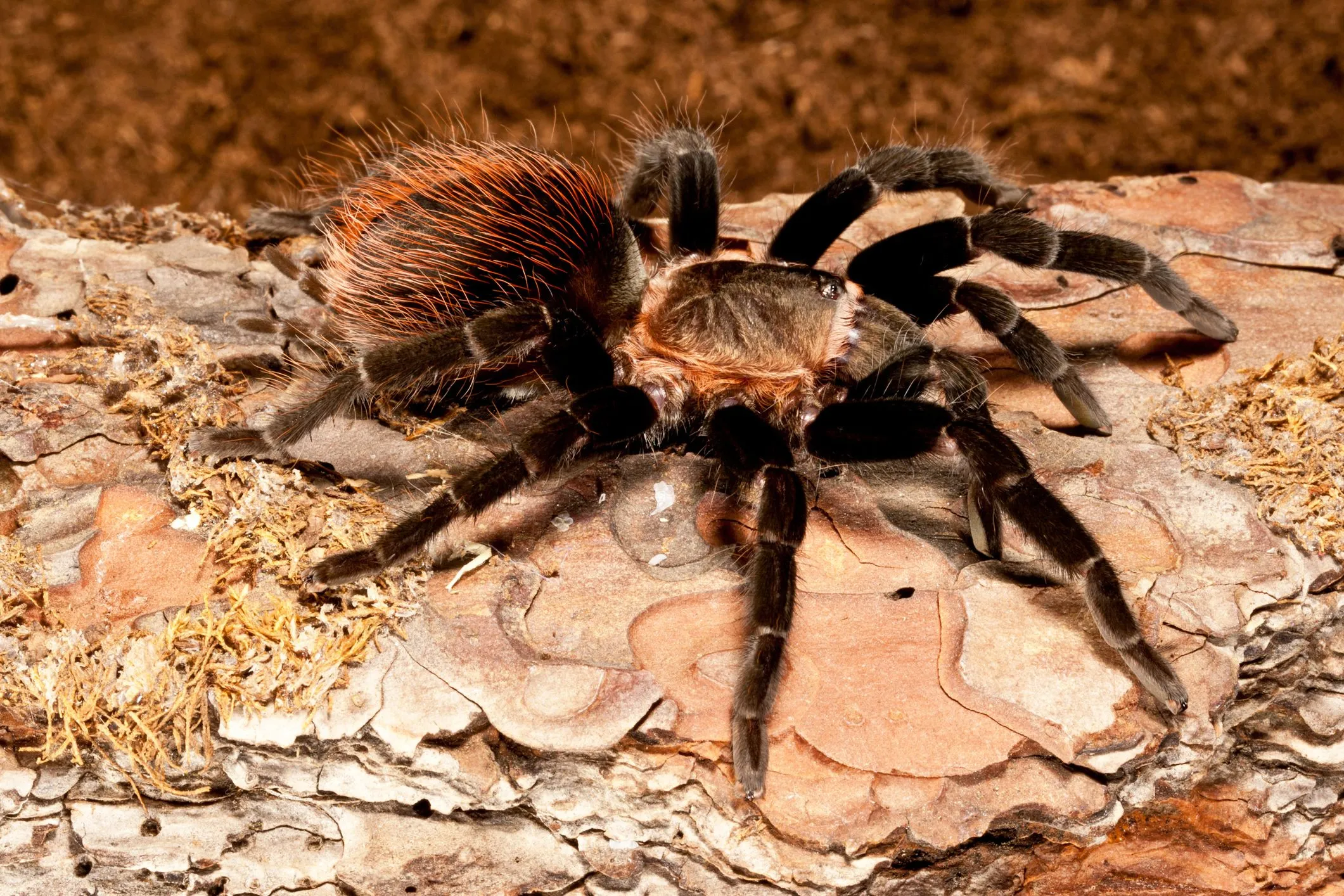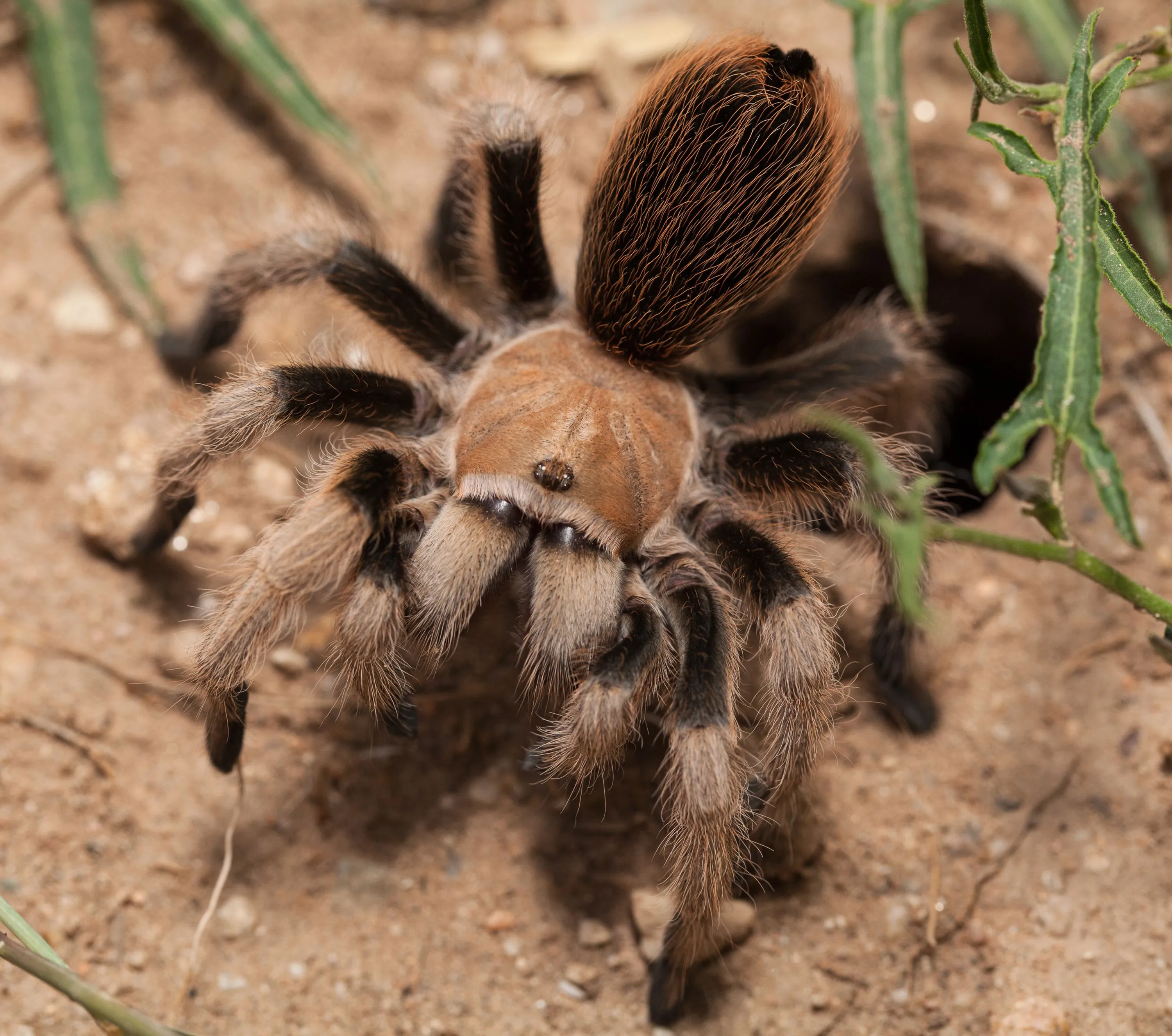Why Tarantulas Make Great Pets
Considering a unique pet? Tarantulas offer a fascinating glimpse into the world of arachnids. Their relatively low maintenance, quiet nature, and intriguing behaviors make them a compelling choice for many pet owners. Unlike more demanding pets, tarantulas don’t require daily walks or constant attention. Their needs are straightforward, primarily involving proper enclosure, feeding, and maintaining appropriate humidity levels. This can be a great option for people with busy lifestyles. They are also relatively inexpensive to care for compared to many other pets, as their diet primarily consists of insects, readily available from pet stores or online retailers. The opportunity to observe these creatures, their molting process, and feeding habits, adds a unique dimension to pet ownership. They are also generally clean pets, producing minimal waste, and don’t have any smell, making them ideal for people living in smaller spaces. Overall, they’re a great alternative.
Temperament and Handling Best Practices
Not all tarantulas are created equal in terms of temperament. While some species are known for their docile nature, others can be skittish or defensive. It’s crucial to research the specific species before acquiring a tarantula to understand its potential behavior. Always prioritize safety and handle tarantulas with caution. Avoid sudden movements, which can startle them. When handling, do so close to the ground or a soft surface, in case the tarantula falls. Handling should be kept to a minimum, as it can stress the tarantula. Regular handling is not necessary for their well-being, and many tarantulas prefer to be left undisturbed in their enclosures. Always wash your hands thoroughly before and after handling a tarantula. Handling should only occur when it is completely necessary to minimize any chance of a bite. Educating yourself about the specific species’ temperament, and always approaching handling with respect, will lead to a more positive experience for both you and the tarantula.
The Top 5 Gentle Giant Tarantulas

1. Chilean Rose Hair Tarantula
The Chilean Rose Hair (Grammostola rosea) is often recommended as a beginner tarantula. They are known for their relatively docile nature and slow movements, making them easier to handle than more skittish species. Their lifespan is impressive; females can live for over 20 years, providing you with a long-term companion. They are also relatively hardy and can tolerate some variation in environmental conditions, making them a forgiving choice for new owners. Their appearance is also striking, with a mix of brown, pink, and reddish hairs. They are relatively inexpensive and readily available. Ensure to provide them with a suitable enclosure, proper temperature, and access to fresh water to keep them happy and healthy.
2. Pinktoe Tarantula
The Pinktoe Tarantula (Avicularia avicularia) is an arboreal species, meaning they prefer to live in trees or elevated environments. They are known for their gentle temperament and beautiful appearance. Their namesake pink toe pads, combined with their dark bodies, create a visually appealing contrast. They are generally less prone to biting than some other species, though they can be quick to bolt if startled. Proper enclosure is important; a vertically oriented terrarium will allow them to climb and feel secure. Their care requirements are similar to other tarantulas. They require adequate humidity to thrive. Feeding them appropriately sized insects and providing a water source will contribute to their well-being.
3. Mexican Red Knee Tarantula

The Mexican Red Knee (Brachypelma hamorii) is another popular choice for beginner tarantula keepers. They are known for their striking appearance, with vibrant red and orange markings on their leg joints. Their temperament is generally docile, and they are less likely to bite, although they can flick urticating hairs as a defense mechanism. These hairs can cause mild irritation on contact with skin, so it’s advisable to avoid direct contact if possible. They are long-lived, with females living for several decades. Their care is straightforward. A proper enclosure, suitable substrate for burrowing, appropriate temperature, and humidity levels will keep them thriving.
4. Costa Rican Zebra Tarantula
The Costa Rican Zebra Tarantula (Aphonopelma seemanni) is prized for its striking black and white striped legs, resembling a zebra. They are generally considered docile and relatively easy to care for, making them a good choice for beginners. They’re a terrestrial species, which means they are best housed in enclosures with ample floor space. They do not require excessive humidity. They are robust eaters, and it is always interesting to watch them feed. They also have a relatively quick growth rate compared to some other species. Like other tarantulas, they can live for a considerable amount of time, especially the females. They also have a gentle disposition, making them a good choice for people wanting to handle them.
5. Curly Hair Tarantula
The Curly Hair Tarantula (Tliltocatl albopilosus) is named for its distinctive, curly hairs. These hairs give them a fluffy appearance, making them visually appealing. They are considered docile and very gentle. They’re also very active and are often seen moving around their enclosure. They are quite hardy and can tolerate a range of temperatures and humidity levels. They are a great choice for beginners due to their calm demeanor, ease of care, and interesting appearance. Proper enclosure, including the right substrate and temperature control, will ensure your tarantula’s overall well-being.
Caring for Your Pet Tarantula

Enclosure Setup and Maintenance
The enclosure is the tarantula’s home. Proper setup is critical for their health and happiness. Select an appropriately sized terrarium. Terrestrial species, like the Mexican Red Knee, need more floor space than height. Arboreal species, such as the Pinktoe Tarantula, need vertical space for climbing. The enclosure needs a secure lid to prevent escapes. Provide a suitable substrate, such as coconut fiber, peat moss, or a mix of both. This substrate helps maintain humidity and allows the tarantula to burrow. Add a hide, such as a piece of cork bark or a half-log, for security. Maintain the correct temperature and humidity levels. Use a thermometer and hygrometer to monitor these parameters. Regularly spot-clean the enclosure, removing any uneaten food or waste. Complete enclosure cleanings should be done as needed. This will ensure the proper health of the tarantula.
Feeding and Hydration
Tarantulas are carnivores. Feed them insects appropriate to their size. Crickets, mealworms, and roaches are all suitable options. Feed juveniles more frequently than adults. Overfeeding can lead to health issues. Remove any uneaten food after 24 hours. Provide a shallow water dish. This should be readily available. Regularly refill the water dish with fresh, clean water. Avoid tap water. Proper hydration is critical. Observe your tarantula’s behavior. Changes in appetite can indicate health issues. A healthy tarantula will readily consume food and exhibit normal behaviors.
Health and Common Issues

Tarantulas are generally hardy, but some health issues can arise. Check for mites, which are small parasites that can infest the tarantula. Watch for signs of illness, such as lethargy, loss of appetite, or changes in behavior. If you notice anything unusual, consult a veterinarian or experienced tarantula keeper. Provide proper environmental conditions and a nutritious diet to help prevent health problems. Molting is a natural process where tarantulas shed their exoskeleton. During molting, they are vulnerable and should be left undisturbed. If you notice any difficulties molting, it is important to take proper action. Learning about these health issues will help you ensure a long and healthy life for your pet tarantula.
